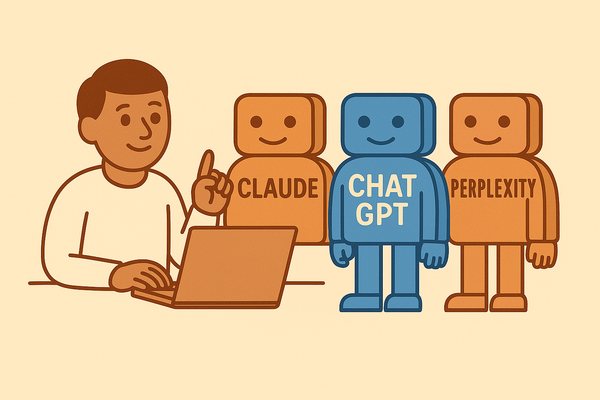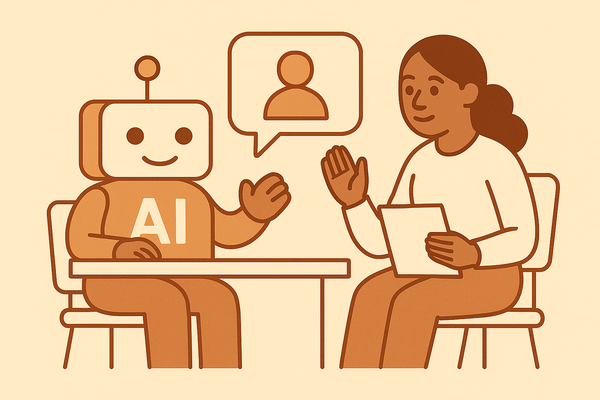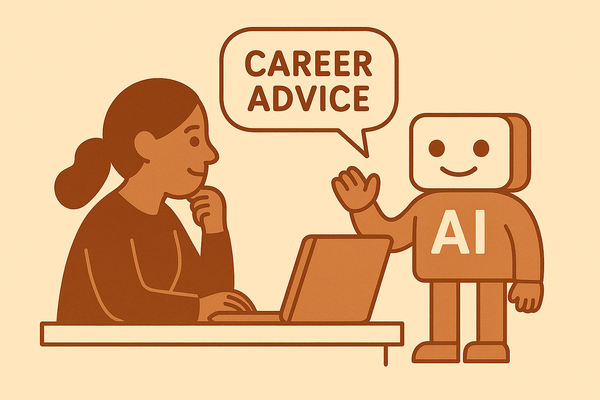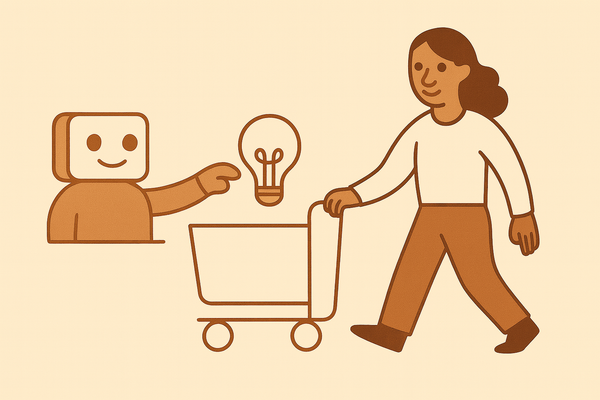Why It’s Time to Start Building Your AI Portfolio
Document your real AI experiments and applications to stay ahead as resumes lose influence.
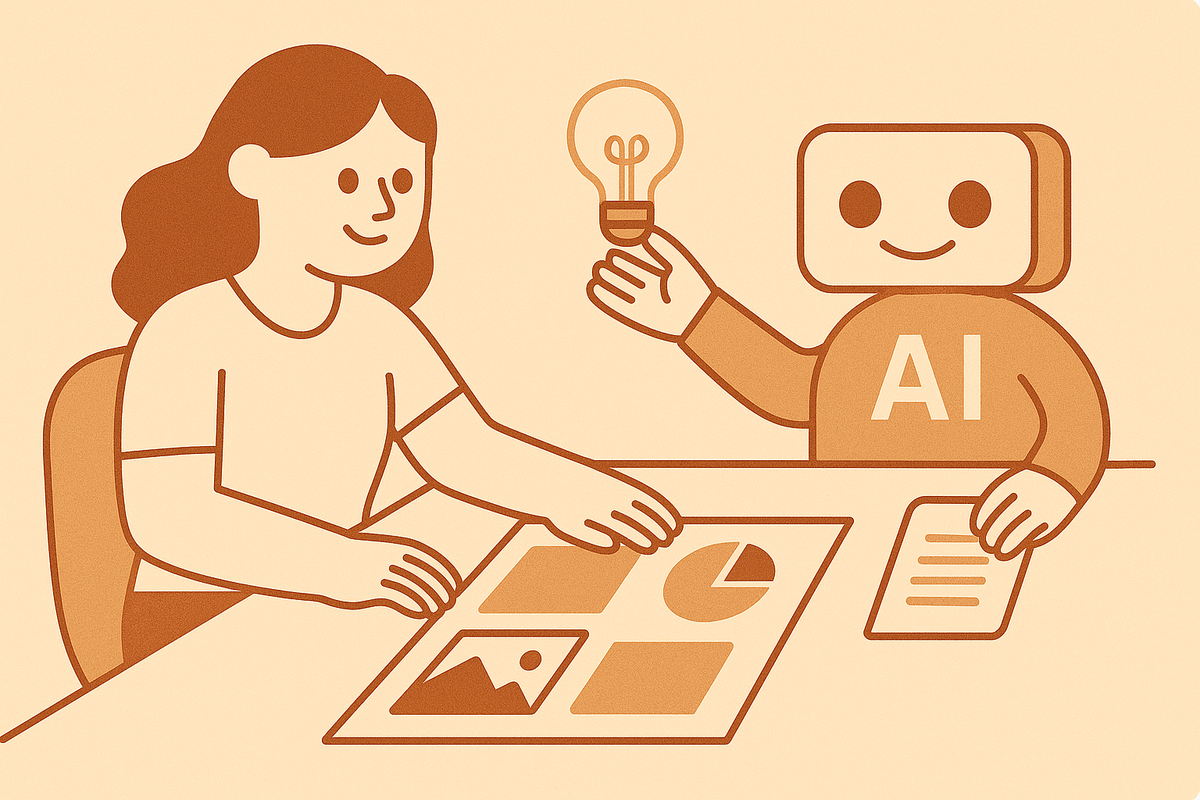
When I was starting out as a data analyst, getting a job meant proving you could actually do the work. You didn’t just talk about your skills. You had to demonstrate them.
Take-home assessments were common: clean this messy dataset, build a model, write up your thinking. You were being evaluated not just on results, but on process, clarity, and judgment.
You also needed a portfolio. Something to point to that said, I know how to apply this in real life. It didn’t need to be flashy, but it had to be concrete. Show your work.
That kind of proof used to be specific to technical roles such as engineers, analysts, and designers. But thanks to AI, I think that expectation is going to spread more widely.
As AI reshapes more of the workplace, I believe we’ll all begin to be evaluated more like technologists. It won’t just be about what you say you can do. It will be about what you’ve built, how you think with tools, and how quickly you adapt.
The résumé is not going away, but it is already starting to lose some of its influence. What will gain value is visible proof that you are keeping up and thinking ahead.
That’s where the AI portfolio comes in.
This doesn’t require launching a product or building a personal brand (although it will help). It’s simpler than that. A portfolio is a lightweight collection of small, real examples showing how you are using AI in your work or life.
Think of it as a working log (not a presentation, and not a performance). Just a quiet trail of experiments, use cases, and lessons learned.
It might include:
- A library of prompts that helps you write faste
- A one-pager explaining how GPT saved you three hours on a repetitive task
- A screen recording of a workflow you built connecting different tools like Notion and Gmail
A short reflection on something you tried with AI that didn’t go as planned, and what you’d do differently
These don’t need to be complex. They just need to be real. They show that you’re not just curious about AI.
You’re engaging with it, testing it, learning from it, and adapting your approach. You are not waiting to be told what to do. You are showing initiative with the tools that are shaping the future of work.
A lot of us are familiar with the STAR method for interviews: Situation, Task, Action, Result. You’ve probably been coached to tell clean, structured stories about how you solved problems.
That approach is not going away. But I believe that at some point, interviewers will start expecting more. They’ll want to know whether AI played a role in how you approached the work.
We’re not at that stage yet. But that question — “and how did you use AI?” — is on its way. When it does show up, you won’t want to scramble for an answer. You’ll want something specific to point to. Examples. Artifacts. Receipts.
Eventually, saying that you know how to use AI won’t stand out. It will be assumed. Just like how career counselors told us to stop putting “Microsoft Office” as a skill on our resume. Prompting, automating, synthesizing, these are becoming the new Excel. But we are still early. Right now, showing your work still puts you ahead.
The homework I give each week isn’t just for fun, it’s priming you to start slow and build a portfolio of skills and experiences.
It’s not about proving you’re technical. It’s about showing you’re capable. You’re learning in real time and using new tools to solve familiar problems more effectively.
That kind of signal will set you apart.

